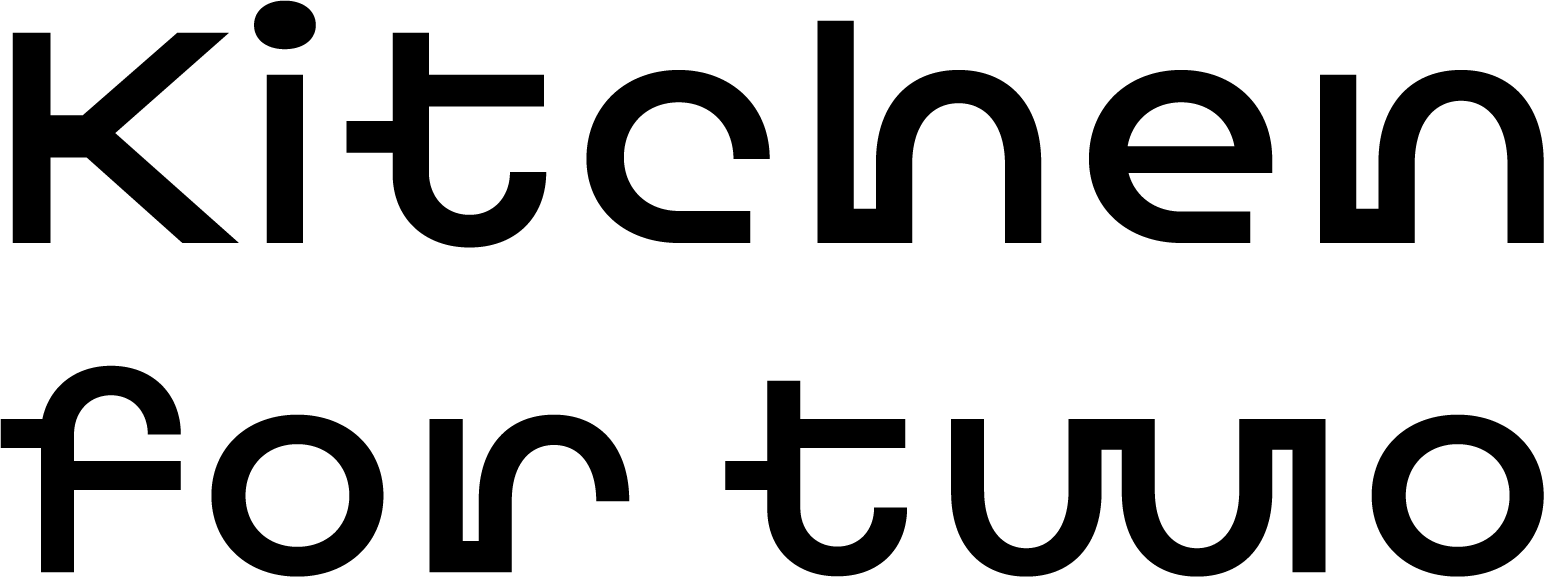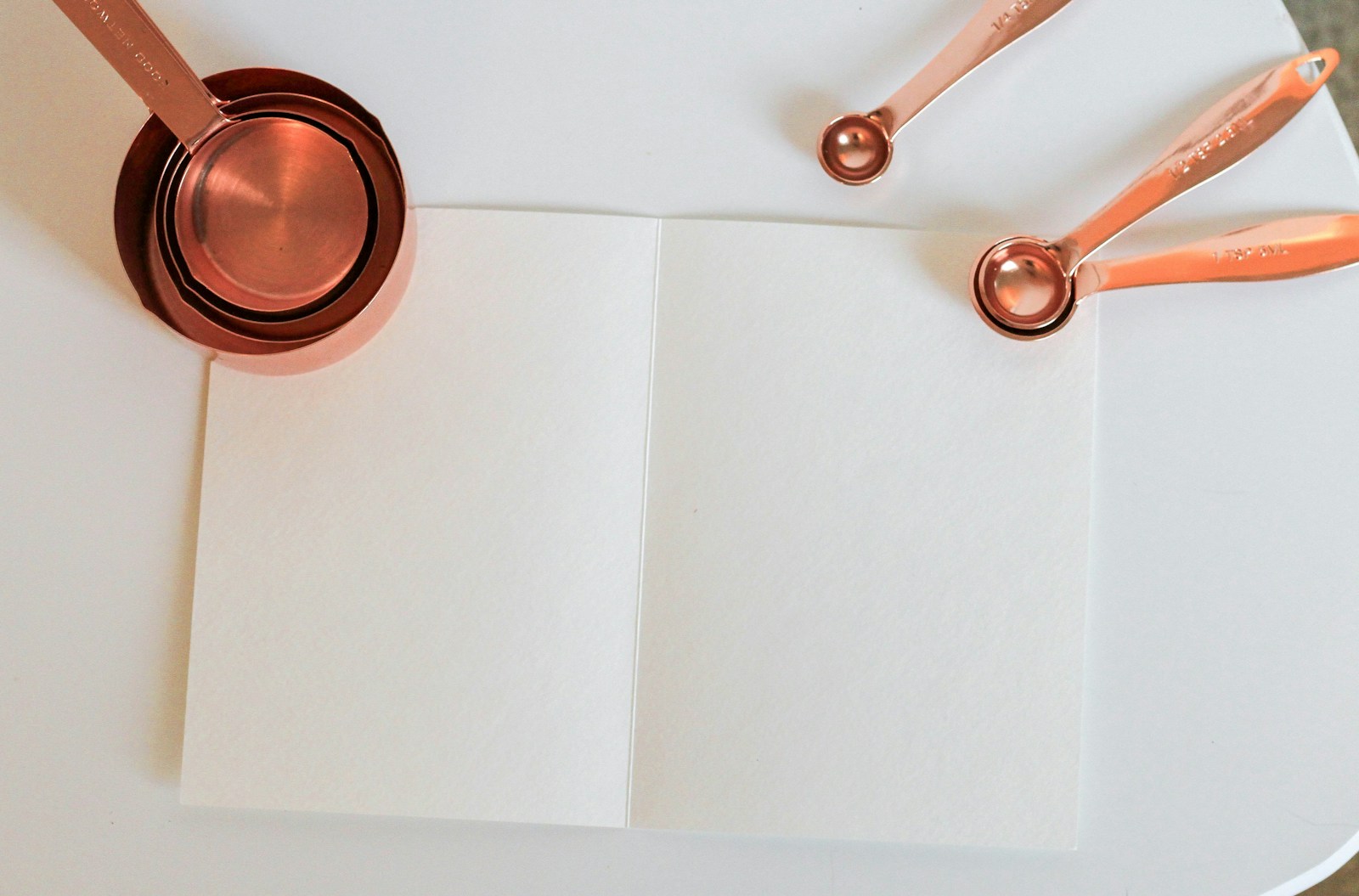Scaling or converting recipes is an essential skill for any good cook. Recipes will typically list their ingredients in one of two ways: by volume or by weight. Volume is a measure of the amount of space something takes up, and can be easily scaled or converted using common kitchen measurement tools.
Measuring by weight is my preferred system of operation, as it reduces the variables that can impact the volume of ingredients (for example: compaction, temperature, air content, etc.). However, for those of us without kitchen scales, please use the tables below as a helpful overview for quick conversions:
Liquid Measurement Conversions (Fluid Ounce)
| 1 fl oz | 2 tbsp |
| 8 fl oz | 1 cup |
| 16 fl oz | 1 pint OR 2 cups |
| 32 fl oz | 1 quart OR 2 pints |
| 128 fl oz | 1 gallon OR 4 quarts |
Dry Measurement Conversions (tsp/tbsp/cups)
| 1 tbsp (15 ml) | 3 tsp |
| 4 tbsp (60 ml) | 1/4 cup |
| 5 tbsp + 1 teaspoon (80 ml) | 1/3 cup |
| 8 tbsp (125 ml) | 1/2 cup |
| 16 tbsp (250 ml) | 1 cup |
Note: A single tbsp is slightly more than 15 ml, hence the reason why 8 tbsp ≠ 8 x 15ml (120 ml).
tbsp to tsp, tbsp to cups, tbsp to tsp, fluid ounce to tbsp, fluid ounce to cups, fluid ounce to quarts

